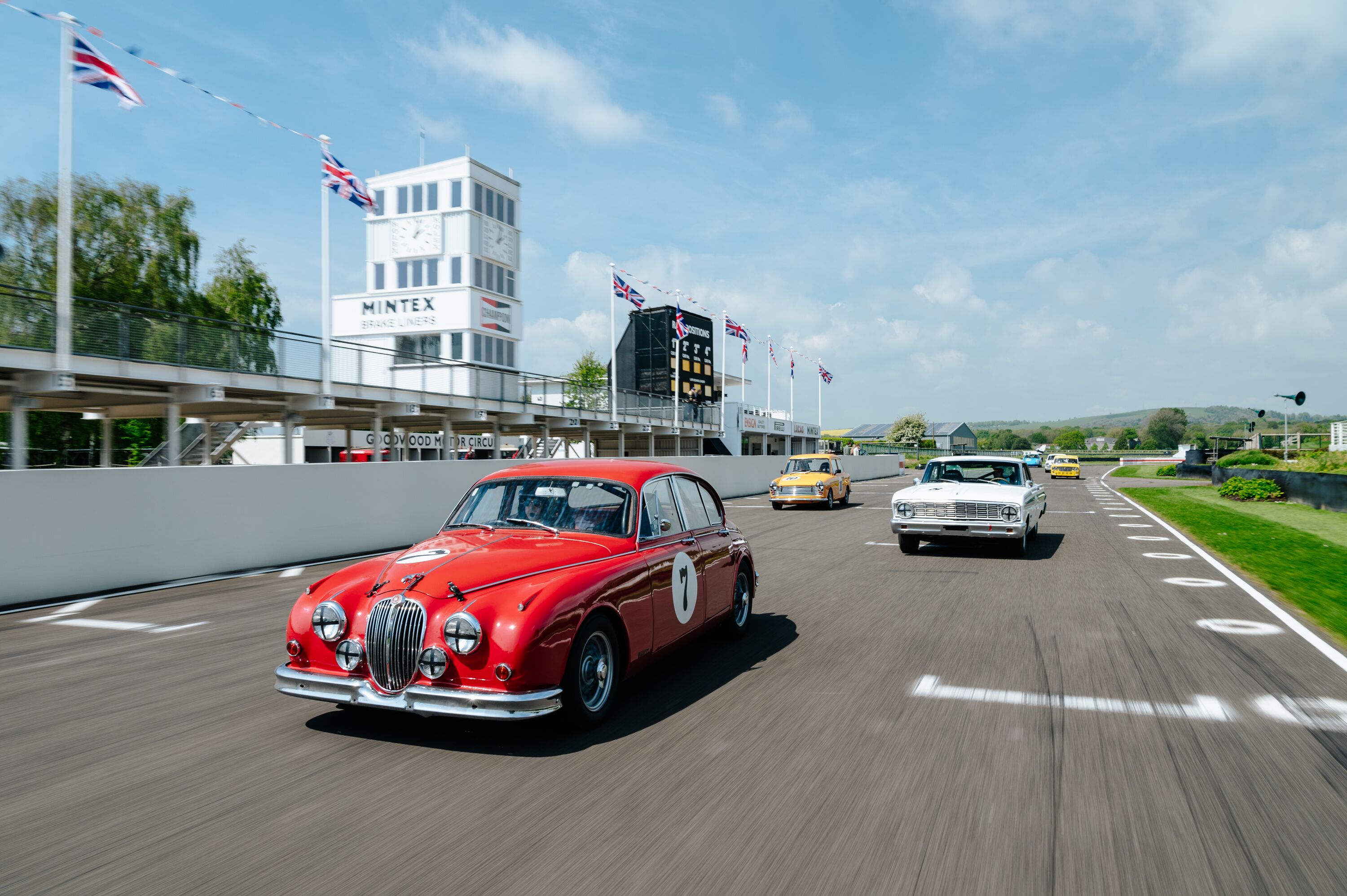Reinventing the ambulance | Axon's Automotive Anorak
It might just be me, but since the Covid-19 pandemic first struck last year, I have noticed considerably more ambulances on our roads. I guess that makes sense given the exceptional circumstances we’ve all been living through.

Recently I was responsible for adding an extra ambulance onto Her Majesty’s highways, when thankfully for only the second time in my life, I had cause to dial 999 and summon some emergency help for an urgent and unexpected health issue, mercifully not Covid-related.
I will spare you the details, and I am now thankfully on the mend, but I was hugely impressed with the speed and efficiency of the service my local Thames Valley provided. Virtually no sooner had I ended my call to the emergency services than within a few short minutes a district nurse appeared outside Axon Towers in her trusty Ford Fiesta to make sure I was okay. Two medics in a liveried Volvo V70 then also arrived moments later to administer some assistance, swiftly followed by an ambulance.
In my slightly groggy state, as I was being wheeled into the ambulance to be whisked off to the hospital, I didn’t really notice whether the purpose-built vehicle I was being loaded into was a Mercedes-Benz Sprinter, or Renault Master or Fiat Ducato, each being frequently used as a base for such emergency service vehicles.
What I do know is that whatever the ambulance’s chassis was, it was very uncomfortable, not that I’m complaining as I was just so relieved to be receiving some professional help. From my place to the local hospital was a trip of around 16 miles, the local roads proving to be more pitted with potholes and savage speed bumps than I had ever noticed in my own cars.

Laying flat on a wheeled bed may have amplified the severity of the poor road surfaces, but even in my unfit state with the friendly nurse helping to put me at my ease with small talk, I was very much aware of just how awful the ride quality of my emergency florescent steed was.
The raison d’être of most light commercial vehicles is primarily to deliver things (be it parcels, white goods, or ailing humans) from A to B as efficiently as possible. Understandably, scant regard is usually given by van makers to the dynamic qualities of such vehicles, with chassis refinement, performance and fine handling appearing lower on the engineers’ priority list than they might for a ‘regular’ passenger car.
My brief ambulance experience did set my mind racing though. Like me, you have probably heard the sirens and seen the flashing lights of an ambulance approaching, only to then face that awkward dilemma of getting stuck behind it as it plods along at a slower pace than the surrounding traffic. You’re uncertain if you should respectively remain behind it, as it feels wrong to pass it when its lights are flashing and sirens are blasting.
Whether it’s a Mercedes, Renault, Fiat, or whatever van platform is selected, probably out of necessity, modern coach-built ambulances have become baulky and cumbersome machines that in general handle poorly with lacklustre performance and shocking ride quality.

Time was, not so long ago, that ambulances were often based on spacious passenger cars, with large estates chosen to transport patients more quickly, comfortably and efficiently. Even now, on the Continent the SAMU-style of private ambulance service is quite commonplace. Large estate cars, MPVs and even SUVs are often in use to shift the unwell.
A Tissier or Heuliez-converted Citroen XM or C5 Break ambulance with their cosseting hydraulic self-levelling suspension, crisp handling and lively Turbo Diesel performance, may not be as spacious as a box-shaped van-derived ambulance. For the patient, though, they certainly offer a more comfortable and swift solution to getting to and from the hospital as quickly as possible.
To bring the ambulance concept right up to date, combining a smooth Citroen-esque hydraulic suspension set-up with a rapid but environmentally considerate power source would be ideal. Maybe with all-wheel-drive thrown into the mix for poor weather grip and confidence, plus some off-road capability.
An ambulance adapted around a modified gargantuan new SUV or MPV, such as an electric or hybrid BMW X7, Audi Q7, Range Rover, Ford Galaxy, or Tesla Model Y, would offer dynamic abilities far beyond any van-based chassis. These would pair vastly superior handling and performance with occupant comfort, ideal for weaving between heavily clogged roads when you’re in a hurry.

Even a purpose-built ambulance based on a large flatbed pick-up platform would be an improvement over the current van solutions, possibly with a removable ‘pod’ system with its own support legs. Perhaps along the lines of the detachable camping units increasingly seen on giant Ford, Dodge RAM or Toyota pick-up trucks, these taking some inspiration from the futuristic green Thunderbird 2 cargo carrier of the popular 1960s tv show.
Whatever the solution, there has to be something better than the current slow and unwieldily van-based ambulances. Although hugely grateful to be taken safely for medical help, based on my own recent first-hand experience, I genuinely think a revisit for a cleaner, more capable and comfortable ambulance transportation system is long overdue.
Now, this sounds like an interesting challenge for any forward-thinking transportation design and engineering students out there. Any takers?
Axon's Automotive Anorak





